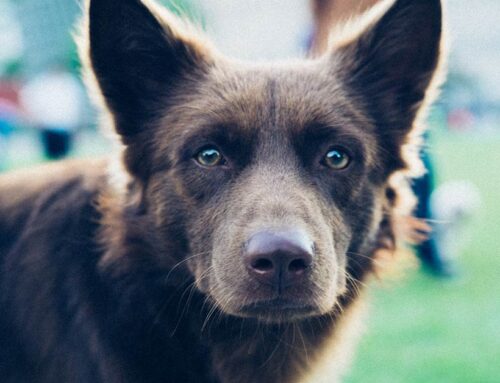
“I’d rather not.” “So?”
One of the primary goals I have for this blog, the seminars and webinars, and consults I do for folks living or working with fearful dogs is to help them understand how to think about fear based behaviors. When I am contracted to help someone train their dog I can directly and specifically tell them what to do. But that’s just a drop in the bucket when it comes to the number of dogs out there that need someone to help them. If people have good information to use to come up with reasonable ways to respond to their dog, they are more likely to do so, and that is what needs to happen–dogs need to be responded to appropriately.
Risk management is an important consideration in many industries. It should be in the dog training industry as well. The most obvious reason is that when people get bitten, dogs get put down. But there are other risks. A dog’s quality of life is at risk when they are not handled properly. One of the most high risk activities we engage in is when we expose dogs to objects or events that scare them. This tactic is fueled by a variety of notions espoused by trainers; dogs need to be exposed to things or else they’ll never learn to not be afraid of them, dogs are empowered by being able to choose to investigate something, if something doesn’t hurt them a dog will learn that it’s not something they need to be afraid of, dogs won’t be afraid if you are the pack leader. Each of these, among others not mentioned, can lead people to making high risk decisions about how to manage their dog.
I am not saying that exposing a dog to things, or allowing them to roam around and make choices as to how they will respond to something that might scare them doesn’t ever work. I am suggesting that it is a high risk approach to take with a fearful, shy, anxious or reactive dog. Existing fears can become worse and new ones can be added. We can and should minimize and manage the risks we are willing to take when a dog’s life and the lives of those around that dog are at stake.
- Keep the dog feeling safe.
- Be prepared to make anything that already scares, or might scare, the dog a predictor of something fabulous. Use food. Fabulous food.
- Train the dog to do exactly what you’d like them to do when in the presence of something that does or might scare them. When we use high rates of positive reinforcement to train appropriate behaviors we don’t need to worry about them making bad choices.





